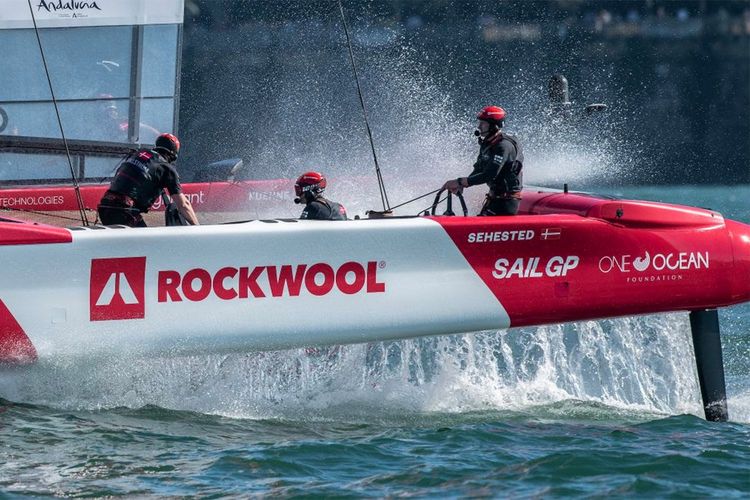
Oristano (Sardinia, Italy) is home to an office of the CNR (the Italian National Research Council), where marine biologists and scholars from all over the world are studying the causes and effects of pollution. One of them, Andrea de Lucia, Scientific Manager of the Recovery Centre for Sinis, has given us ten points to reflect on immediately:
We are surrounded by plastic: our measurements show there is no area that is immune to the problem;
We have innumerable innovative materials at our disposal to replace plastic: the problem is not plastic but bad habits
It is important to identify the areas where plastic accumulates (beaches, seabeds) and to try to remove as much as possible;
There are much greater numbers of microplastics because the big ones, over time, break down into smaller fragments;
Microplastics are bioavailable, which means they are ingested by marine organisms;
Microplastics have entered the food chain – plankton already swallow them by mistake – right up to the fish that we eat;
Several studies show the harmful effects of microplastics on the physiology of organisms (hormonal changes);
Disposable plastics are an insult to sustainability;
Using compostable materials is fine if they are properly disposed of, but if thrown away in natural environments they still cause damage;
Every one of us could make the effort, when we go to the beach, to clean up the microplastics in the square metre under our umbrella…
Of course we don’t throw plastic in the sea, it’s the wind that brings it here. Pollution of the sea starts on the land, and it is here that we must begin to educate people that every little piece of plastic helps to build the huge mountain that is choking the sea, and that is bringing us, bit by bit, to a version of the Earth worthy of a sci-fi movie.
Read more articles

Almost two tonnes of ocean-bound waste diverted through More Speed Less Plastic

More Speed Less Plastic: 1.5 tons of waste will be collected from the ocean at the Singapore SailGP
